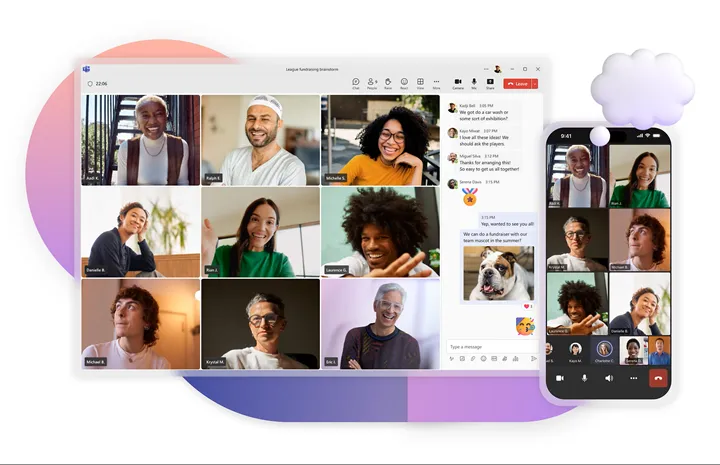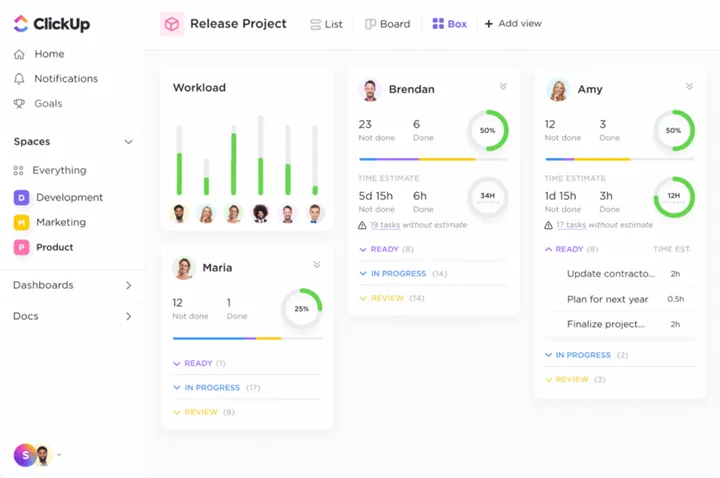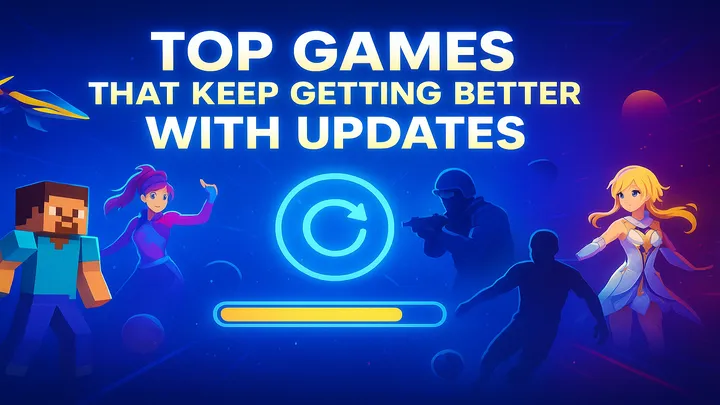Remote work is no longer a trend—it’s the new normal. By 2025, companies worldwide have fully embraced hybrid and remote-first models. With distributed teams across time zones, effective collaboration tools have become the backbone of productivity. Email is no longer enough; organizations now rely on advanced apps that integrate chat, video calls, project management, document sharing, and AI-powered assistants into one seamless experience.
For employees, the right collaboration app can mean the difference between endless miscommunication and smooth, efficient teamwork. For managers, these tools provide visibility into progress, workflows, and overall productivity. In this article, we’ll explore the top 10 team collaboration apps in 2025 that make remote work smarter, more efficient, and even enjoyable.
1. Slack Quantum
Slack has been a pioneer in workplace communication, and in 2025, Slack Quantum integrates cutting-edge AI features. Its Smart Threads summarize conversations, suggest next steps, and even automate responses to routine queries.
For remote teams, Slack Quantum reduces noise while keeping everyone informed. Students and interns in hybrid setups use it for quick updates, while professionals leverage integrations with GitHub, Trello, and Google Workspace.
Key Highlights
- AI-powered conversation summaries
- Thousands of third-party app integrations
2. Microsoft Teams Pro 2025
Microsoft Teams has grown into a comprehensive remote work ecosystem. The 2025 Pro version goes beyond video calls and chat, offering deep integration with Microsoft 365 Copilot AI. This enables meeting transcripts, automatic task assignments, and live translations in more than 40 languages.
For remote-first companies, Teams Pro is indispensable. It’s particularly popular in enterprises that already rely heavily on Microsoft’s suite of tools, ensuring seamless integration across Word, Excel, and Outlook.
Best Features
- Real-time multilingual translations
- AI-generated meeting notes and task assignments

3. Zoom Collaboration Hub
While Zoom was once synonymous with video conferencing, the Zoom Collaboration Hub in 2025 combines meetings, chat, whiteboards, and project management in one platform.
For remote teams, this means fewer app-switching headaches. Educators and trainers also benefit from the integrated interactive whiteboard, which makes virtual workshops engaging and effective.
Why It’s Different
- Combines video calls with project tools
- Interactive collaboration whiteboards
4. Notion Workspace AI+
Notion has evolved from a flexible note-taking app into a powerhouse for collaboration. In 2025, Notion Workspace AI+ helps teams design workflows, document projects, and manage tasks while AI takes care of summarizing and auto-organizing information.
Startups love its modular flexibility—teams can create knowledge bases, project timelines, and even client portals. For individuals, Notion doubles as a personal productivity system that syncs effortlessly with group projects.
Standout Aspects
- All-in-one workspace for notes, tasks, and databases
- AI-powered summarization and templates
5. Asana Flow 2025
Asana Flow has solidified its role as a leader in project management apps for distributed teams. The 2025 update emphasizes automation and visualization. AI can now map out project timelines automatically, identify bottlenecks, and suggest workflow improvements.
For remote professionals, Asana ensures clarity on who’s doing what and by when. It’s particularly useful for creative teams juggling deadlines, approvals, and cross-departmental collaboration.
Key Features
- AI workflow optimization
- Advanced project visualization tools
6. Trello Vision
Trello, known for its Kanban boards, has transformed into Trello Vision in 2025. Beyond boards and cards, Vision introduces predictive analytics, helping teams forecast project timelines and workload balance.
Students working on group projects love its simplicity, while professionals in agile environments rely on Trello Vision for sprint planning and resource allocation.
Benefits
- Predictive project analytics
- Intuitive Kanban interface
7. Miro Edge
Miro has always been the go-to app for brainstorming and visual collaboration. In 2025, Miro Edge brings immersive whiteboarding powered by augmented reality (AR). Remote teams can now brainstorm as if they were in the same physical room.
For design teams, Miro Edge provides unparalleled creative freedom. Consultants and educators use it to build interactive workshops that foster real-time engagement.
Why Teams Love It
- AR-enhanced brainstorming
- Smooth integration with Slack, Teams, and Zoom
8. ClickUp 4.0
ClickUp has expanded its “all-in-one productivity” promise with ClickUp 4.0. In 2025, it combines task management, goal tracking, time logging, and AI reporting into a single interface.
Remote teams benefit from having everything in one place, from personal to-dos to enterprise-level dashboards. Students and freelancers also find it appealing thanks to flexible customization.
Standout Capabilities
- AI-powered reports and dashboards
- Customizable workflows for any team size

9. Basecamp Neo
Basecamp Neo focuses on simplicity and clarity. Unlike feature-heavy competitors, it strips collaboration down to essentials: to-do lists, message boards, schedules, and file sharing.
For small businesses and startups, this makes Basecamp Neo a no-nonsense choice. Teams appreciate its transparency, as everyone can see the bigger picture without getting lost in clutter.
Advantages
- Minimalistic yet powerful
- Great for small teams and startups
10. Monday.com Horizon
Monday.com continues to impress with its visual project management style. In 2025, Monday.com Horizon enhances automation, AI insights, and cross-team visibility. Dashboards can now forecast deadlines, resource needs, and even employee workload balance.
For larger organizations, Horizon is indispensable for aligning multiple departments. Students also use it for collaborative research projects, enjoying its colorful, intuitive design.
Core Features
- AI-powered workload balancing
- Highly visual dashboards
Conclusion
By 2025, remote collaboration apps are not just about communication—they’re about empowering teams to work smarter, faster, and more effectively. Slack Quantum and Microsoft Teams Pro lead the way for enterprise-level communication, while apps like Notion Workspace AI+ and Miro Edge redefine creativity and flexibility. Meanwhile, tools like Asana Flow and Trello Vision bring structure to complex workflows.
The right collaboration app depends on your team’s size, culture, and goals. Whether you’re a student managing group projects, a startup founder building agile workflows, or a corporate manager running distributed teams, there’s an app designed for your needs.
In short, the future of remote work is bright, and these apps are shaping a world where distance is no longer a barrier to productivity.

















